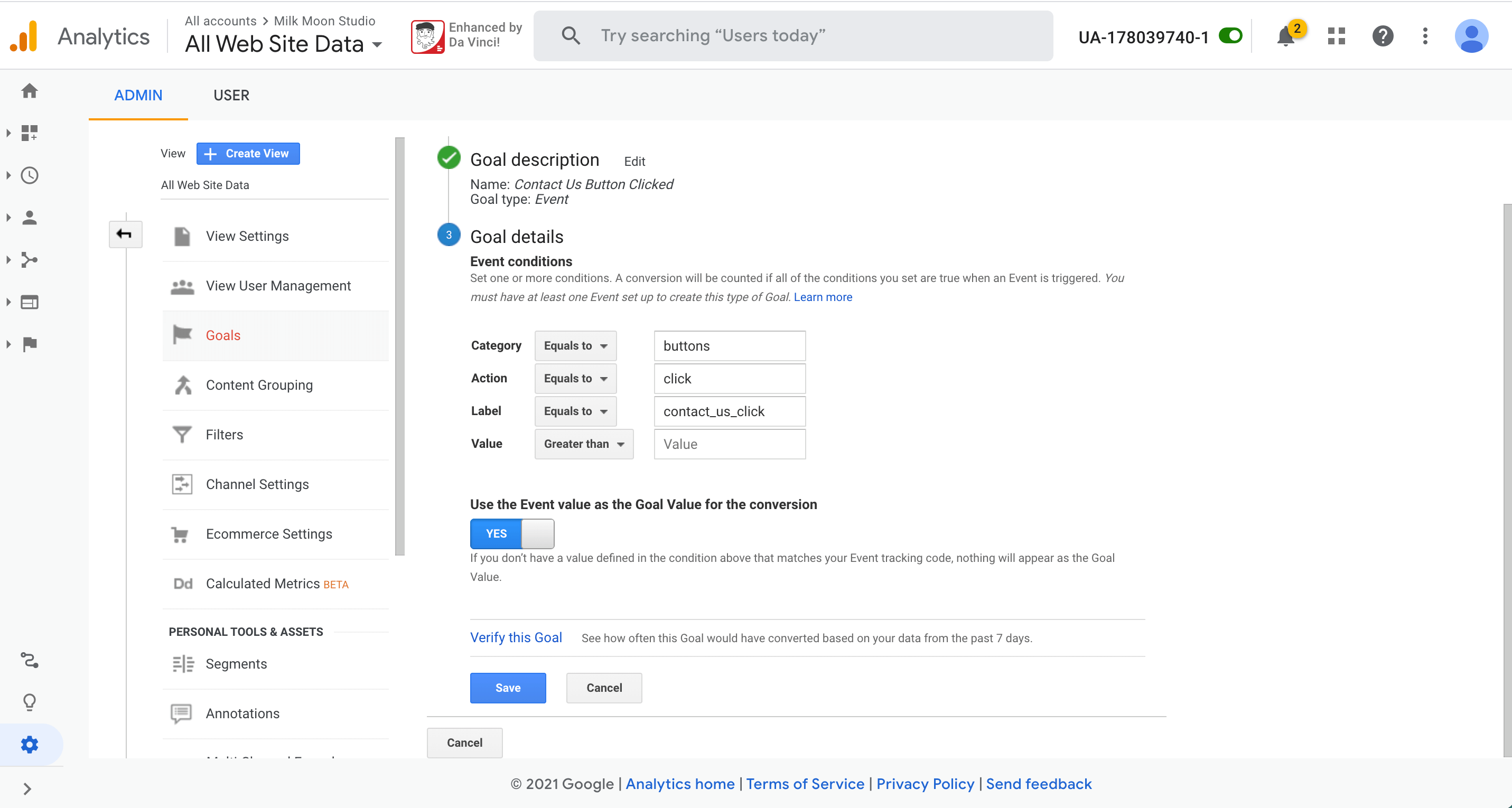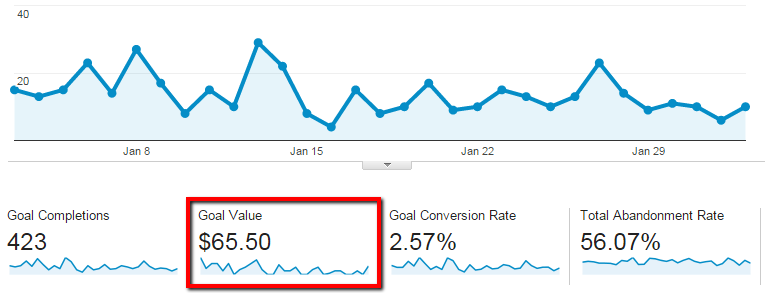Discover the Limitations of Google Analytics Goals: Revealing the Information Types That Remain Untrackable
As services significantly rely on data-driven decision-making, understanding the limitations of devices like Google Analytics comes to be critical. While Google Analytics Goals deal valuable insights into individual communications, there exist information types that elude monitoring, positioning obstacles to a detailed understanding of customer actions.
Incomplete User Journey Tracking
Incomplete user trip monitoring within Google Analytics can impede the capacity to accurately evaluate user behavior. When the individual journey is not completely tracked, there are spaces in the information that protect against a thorough understanding of how individuals engage with a site. This lack of understanding can lead to missed possibilities for optimization and renovations to the customer experience.
One usual concern with insufficient customer trip tracking is the inability to see the complete course that customers take previously finishing an objective or leaving the site. Without this information, it is challenging to identify where users might be encountering barriers or rubbing factors that avoid them from converting. Furthermore, insufficient monitoring can obscure the effect of particular advertising and marketing efforts or internet site adjustments on customer habits.
To address this constraint, it is essential to set up correct monitoring devices within Google Analytics to catch the whole individual journey. This may involve establishing occasion tracking, goal funnels, or using tools like Google Tag Supervisor to make certain that no important communications go unrecorded. By obtaining a detailed view of the individual journey, website owners can make even more educated choices to boost customer involvement and drive conversions.
Acknowledgment Difficulties
Browsing with acknowledgment obstacles in Google Analytics requires a comprehensive understanding of how different touchpoints add to the general conversion procedure. Acknowledgment obstacles occur from the intricacy of modern customer trips, where customers communicate with multiple channels before converting.
One typical acknowledgment challenge is the trouble in connecting conversions to the right resource, specifically in cases where customers interact with several networks before transforming. This can cause inaccuracies in figuring out which marketing initiatives are driving one of the most conversions. Furthermore, cross-device tracking presents another attribution obstacle, as users commonly change in between tools throughout their journey, making it testing to track their communications effortlessly. Marketers should very carefully evaluate and interpret acknowledgment information to make educated decisions and optimize their marketing approaches effectively.
Offline Conversions
Given the difficulties linked with associating conversions properly in online networks, the measurement of offline conversions offers a considerable possibility for marketing professionals seeking a much more extensive understanding of their customers' trip. Offline conversions refer to activities that consumers take in the real world, such as making purchases in brick-and-mortar stores or over the phone, attending events, or involving with printed materials - what data is google analytics goals unable to track. These conversions are vital for organizations that operate both online and offline, as they supply beneficial insights right into the performance of advertising campaigns across different touchpoints
Tracking offline conversions commonly positioned a substantial challenge for marketing go professionals, as it was testing to connect these actions back to particular on the internet communications properly. However, with developments in modern technology, such as the integration of CRM systems, distinct identifiers, and discount coupon codes, services can currently bridge the gap between online and offline information to obtain an extra all natural view of consumer habits. By successfully measuring offline conversions, marketing experts can enhance their strategies, allot resources more effectively, and inevitably enhance the general customer experience.
Cross-Device Monitoring
Cross-device tracking plays an important role in comprehending the interconnected nature of customers' electronic communications across multiple tools. In today's omnichannel globe, where users flawlessly switch over between desktops, tablets, and smart devices, tracking their actions across these tools is essential for online marketers to gain a detailed sight of their customer trip.

Moreover, privacy problems and laws such as GDPR and CCPA have even more difficult cross-device monitoring. With users demanding more control over their data and increased restrictions on tracking technologies, marketers should discover privacy-compliant and innovative ways to attach customer interactions throughout tools.
Dynamic Web Content Involvement
Understanding user engagement with dynamic material is essential in enhancing digital advertising methods for boosted target market interaction. Dynamic content refers to site elements that change based upon customer actions, choices, or other factors, providing a tailored experience. Tracking customer interactions moved here with dynamic material presents difficulties for traditional analytics devices like Google Analytics.
While Google Analytics can track fundamental interactions like clicks and web page views, it might struggle to capture even more nuanced engagements within vibrant content. what data is google analytics goals unable to track. Metrics such as time spent on details dynamic components, float actions, or communications within pop-ups are often not easily quantifiable using typical monitoring methods. This constraint impedes marketing professionals' capability to totally realize how customers are involving with dynamic web content and tailor their approaches as necessary

Verdict
In conclusion, Google Analytics objectives have constraints in tracking incomplete user journeys, attributing conversions properly, recording offline conversions, tracking cross-device communications, and gauging dynamic web content involvement. These restraints highlight the importance of exploring extra monitoring techniques and tools to obtain a more comprehensive understanding of user behavior and conversions past what Google Analytics can read review give.
While Google Analytics Goals deal beneficial understandings into individual interactions, there exist data types that avoid tracking, presenting challenges to a comprehensive understanding of customer actions.Incomplete individual trip monitoring within Google Analytics can impede the capability to precisely analyze customer actions. When the individual journey is not totally tracked, there are spaces in the data that prevent a detailed understanding of exactly how customers interact with an internet site.One usual issue with insufficient individual trip tracking is the lack of ability to see the complete path that users take before finishing a goal or leaving the site. By gaining an extensive sight of the customer journey, website owners can make even more informed choices to improve individual engagement and drive conversions.